Government Initiatives and Funding
Government initiatives play a crucial role in the expansion of the medical simulation market in Germany.. The German government has recognized the importance of advanced training technologies in improving healthcare outcomes. As a result, various funding programs have been established to support the integration of simulation-based training in medical education. In 2025, it is estimated that public funding for medical simulation technologies could reach €50 million, facilitating the development and implementation of innovative training solutions. These initiatives not only enhance the quality of medical education but also promote collaboration between educational institutions and healthcare providers, thereby strengthening the overall healthcare system.
Increased Adoption of Telemedicine
The rise of telemedicine is influencing the medical simulation market in Germany.. As healthcare providers increasingly rely on telehealth solutions, there is a growing need for training that encompasses remote patient interactions and virtual consultations. Medical simulation technologies are adapting to this trend by incorporating telemedicine scenarios into training programs. This adaptation is crucial for preparing healthcare professionals to navigate the complexities of remote care effectively. By 2025, the market for telemedicine-related simulation training is projected to grow by 12%, reflecting the ongoing transformation of healthcare delivery. This trend indicates that the medical simulation market is evolving to meet the demands of a changing healthcare landscape.
Growing Emphasis on Interprofessional Education
Interprofessional education (IPE) is gaining traction within the medical simulation market in Germany.. This approach encourages collaboration among various healthcare disciplines, fostering teamwork and communication skills essential for effective patient care. Medical simulation serves as an ideal platform for IPE, allowing students from different healthcare fields to engage in joint training exercises. As healthcare becomes increasingly multidisciplinary, the demand for IPE is expected to rise. In 2025, it is anticipated that educational institutions will allocate more resources towards IPE initiatives, potentially increasing the market share of medical simulation technologies by 10%. This shift underscores the importance of collaborative training in enhancing healthcare delivery.
Rising Demand for Skilled Healthcare Professionals
the medical simulation market in Germany. experiences a notable surge in demand for skilled healthcare professionals. This demand is driven by the increasing complexity of medical procedures and the need for effective training methods. As healthcare systems evolve, the necessity for continuous education and training becomes paramount. Medical simulation provides a safe environment for practitioners to hone their skills without risking patient safety. In 2025, the market is projected to grow at a CAGR of approximately 15%, reflecting the urgent need for advanced training solutions. This growth indicates a shift towards more immersive and realistic training methodologies, which are essential for preparing healthcare professionals to meet the challenges of modern medicine.
Integration of Virtual Reality and Augmented Reality
The integration of virtual reality (VR) and augmented reality (AR) technologies is transforming the medical simulation market in Germany.. These technologies offer immersive training experiences that enhance learning outcomes for healthcare professionals. By simulating real-life scenarios, VR and AR enable practitioners to practice procedures in a controlled environment, thereby improving their skills and confidence. The market for VR and AR in medical training is expected to grow significantly, with projections indicating a potential increase of 20% by 2026. This trend suggests that as technology advances, the medical simulation market will likely evolve to incorporate more sophisticated and engaging training tools.


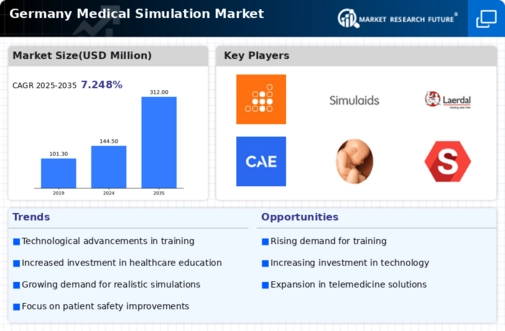
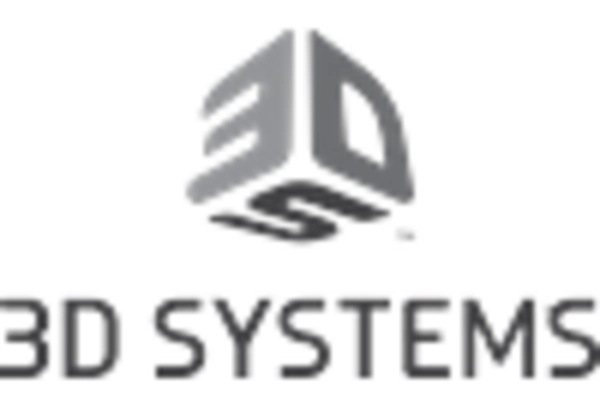
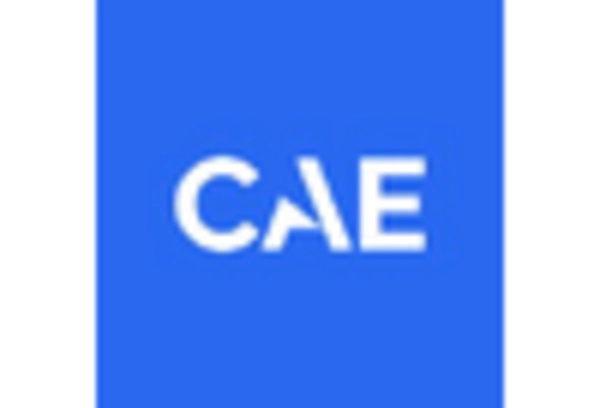
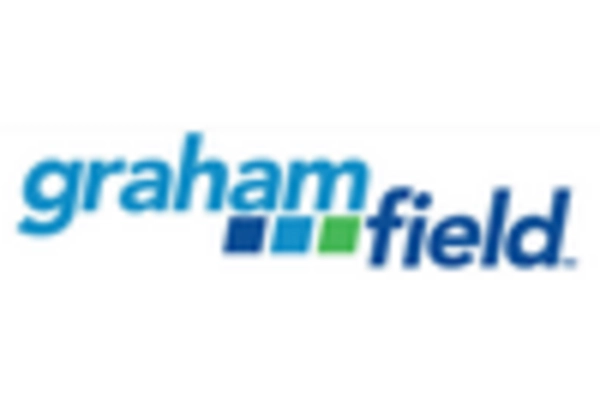


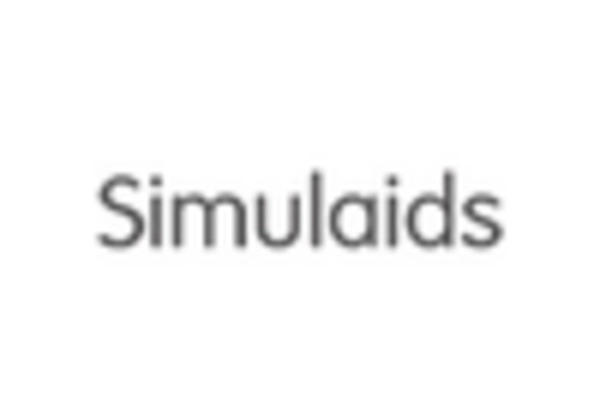








Leave a Comment